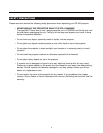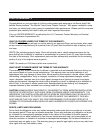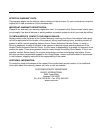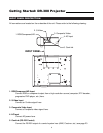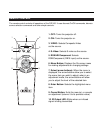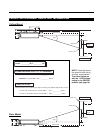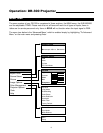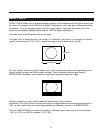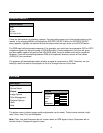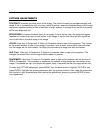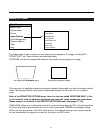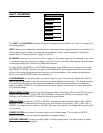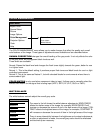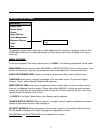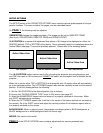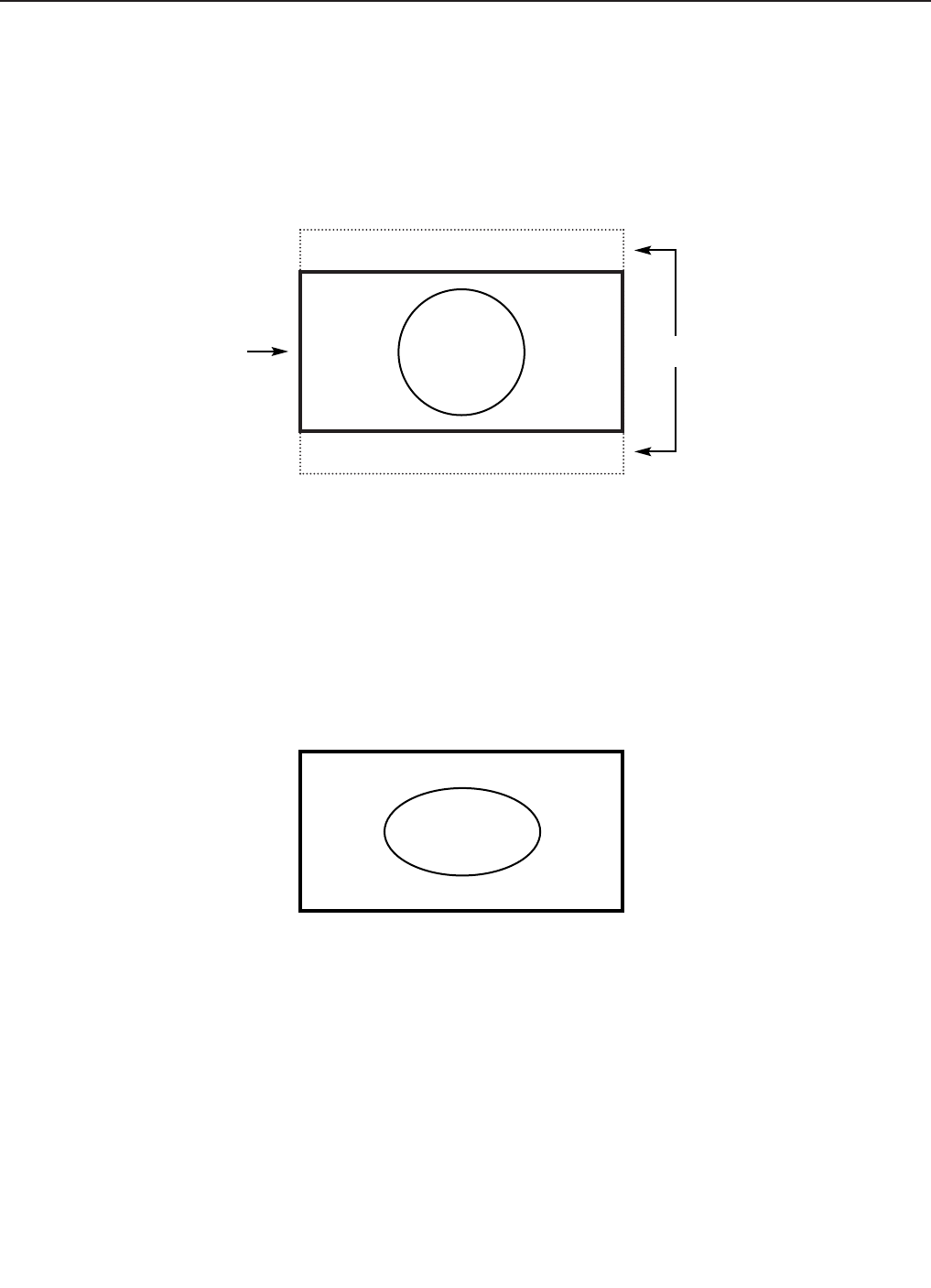
The way we create a widescreen (or LETTERBOX) aspect ratio is to take a full 4:3 image, then 'blank'
(or cut off) the top and bottom so the displayed image is in a widescreen format. For movies recorded
in 'letterbox', there would be no information above and below the screen anyways, so we're not losing
any of the picture. However, if you were to watch standard television broadcast this way, you would
lose some information (see next drawing).
As you can see, our screen in this example is a 1.85:1 ratio. The dashed lines show the area that we
'blanked'. If you recall, watching a letterbox movie on a 4:3 screen gave us black bars; therefore with
letterbox movies, we're not losing any information.
The 'other' type of widescreen is called 'ANAMORPHIC'. The image is still a widescreen format, but
instead of 'blanking' the top and bottom, we simply reduce or 'squeeze' the overall height of the
image:
As a result, all objects will be 'short and fat' (like the circle above), right? Well, not if you're using soft-
ware that is anamorphic. Most (but not all) DVD movies have an anamorphic option. Ultimately,
anamorphic software will always provide better resolution.
11
Active image area
(Actual screen area)
Blanked (cut off) areas



